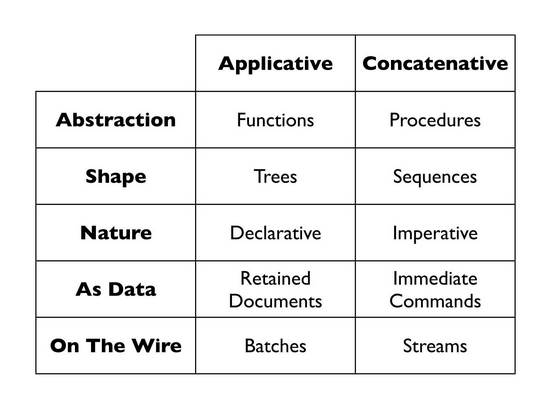Clojure eXchange 2014 Videos.
The short version, sorted by author:
Resource management in clojure by Rob Ashton
Super Charging Cyanite by Tom Coupland
Pathogens & Parentheses: How we use Clojure in the molecular surveillance of infectious disease by Russell Dunphy
Journey through the looking glass by Chris Ford
Flow – learnings from writing a ClojureScript DSL by James Henderson
Tesser: Another Level of Indirection by Kyle Kingsbury
More Open-Source systems, please by Thomas Kristensen
Reactive GUI Implemented in Clojure by Denys Lebedev
Ephemeral-first data structures by Michal Marczyk
My Componentised Clojure Crusade by Adrian Mowat
BirdWatch / Building a System in Clojure by Matthias Nehlsen
Dragonmark: distributed core.async by David Pollak
Clojure in the service of Her Majesty’s Government by Philip Potter and Rachel Newstead
DataScript for web development by Nikita Prokopov
Herding cattle with Clojure at MixRadio by Neil Prosser
Trojan Horsing Clojure with Javascript by Robert Rees
Automation, Animation, Art and Dance by Nick Rothwell
Pragmatic Clojure Performance Testing by Korny Sietsma
The Future of Clojure by Bodil Stokke
Developing Clojure in the cloud by Martin Trojer
Just in case those marathon holiday movies start early this year. At least you can retreat to your computer or suitable mobile device.
Enjoy!

